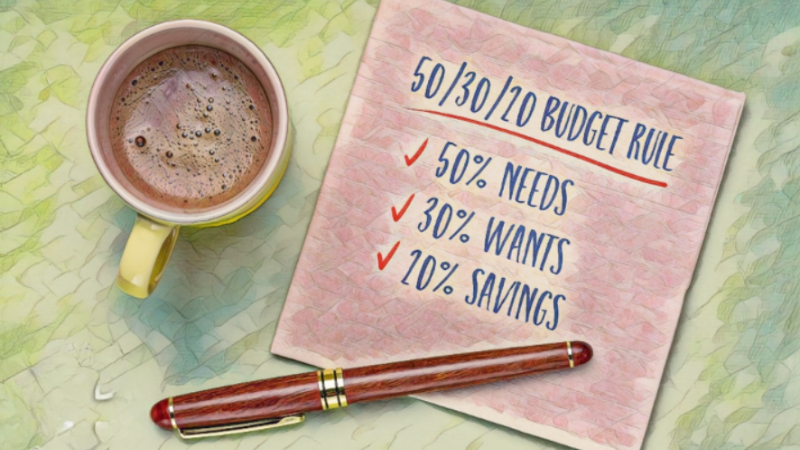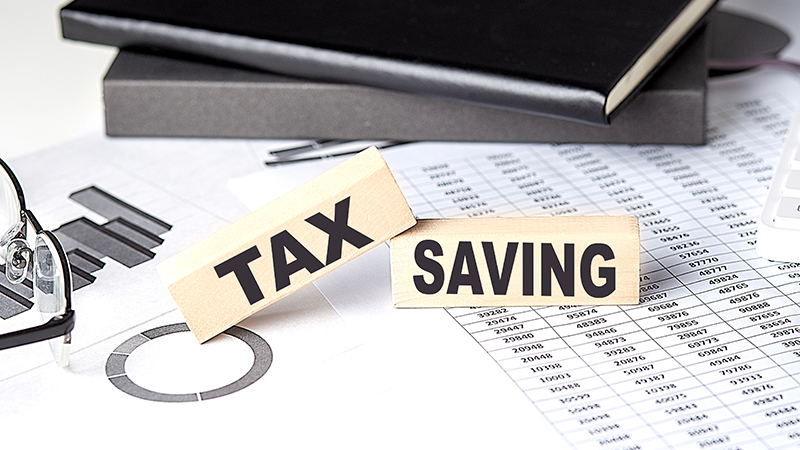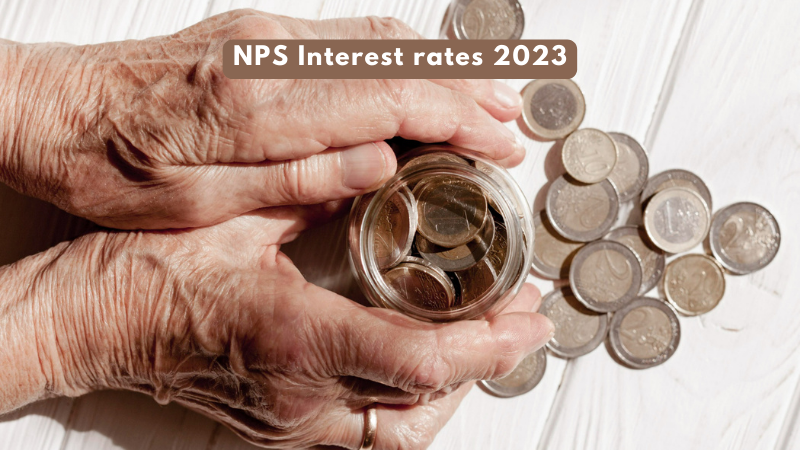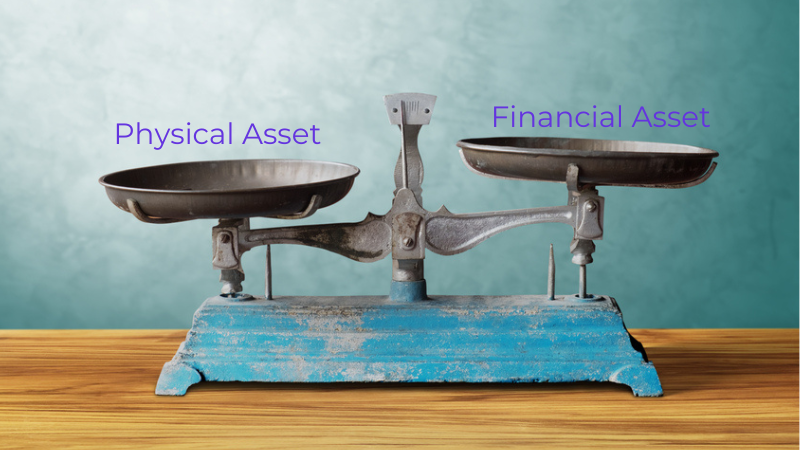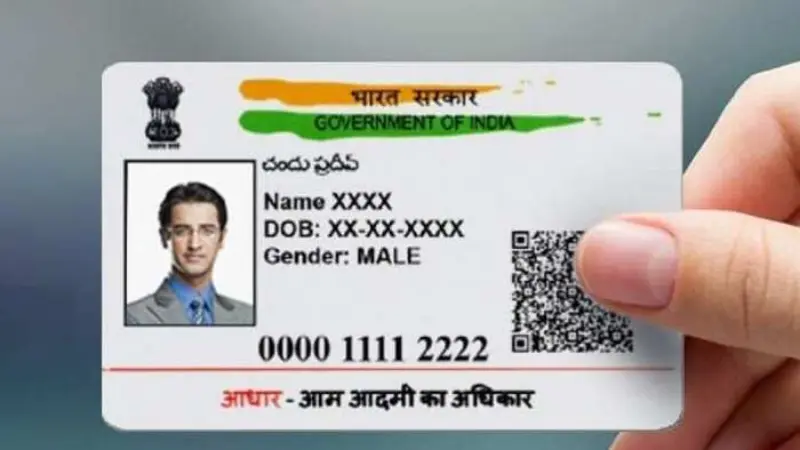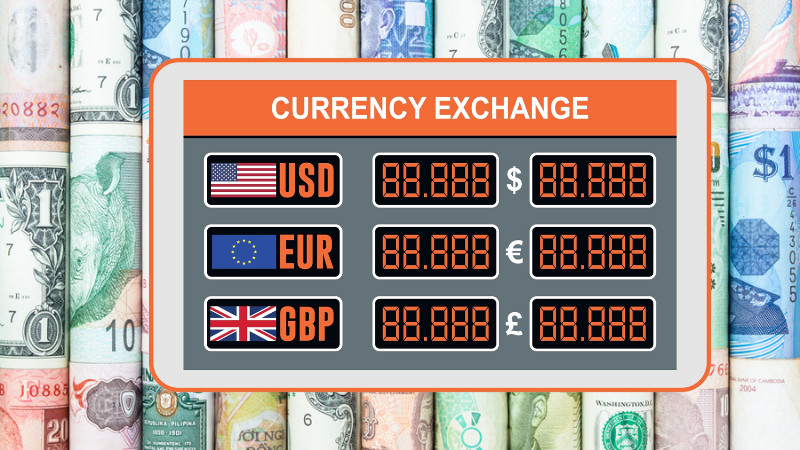
The foreign exchange rate of India has been a constant point of debate and concern for investors across the country as well as foreign investors. While there are many economic indicators showing the growth of the country, the strain on the exchange rate cannot be ignored. But what is the meaning of foreign exchange rates and how are they managed? Check out this blog to know all about foreign exchange rates and the impact of changes in the same.
Read More: What are forex cards? How to make the right choice?
What is the meaning of Foreign Exchange Rate?
Foreign Exchange Rate, often referred to as Forex Rate or simply Exchange Rate, is the value of one country’s currency expressed in terms of another country’s currency. In simpler terms, it represents the price at which one currency can be exchanged for another.
An exchange rate has two components namely, the domestic currency and the foreign currency. Foreign exchange rates are influenced by various factors like economic conditions, interest rates, geopolitical events, and market speculation. The central bank of the country uses many measures and monetary policies to keep the foreign exchange rate in check and ensure that the domestic currency does not slide down.
What are the types of Foreign Exchange Rate Systems?
Fixed Exchange Rate
In a fixed exchange rate system, the government sets the exchange rate for its currency, linking it to an external standard like gold, silver, another precious metal, or another country’s currency. The primary aim is to ensure stability in foreign trade and capital flows.
To maintain the fixed rate, the central bank or government intervenes in the foreign exchange market, purchasing foreign currency when the domestic currency’s value rises and selling foreign currency when its value falls. This process, known as pegging, requires the government to hold significant reserves of foreign currencies.
Consequently, the fixed exchange rate system is also referred to as the Pegged Exchange Rate System. When one currency’s value is fixed in terms of another currency or gold, it is termed the Parity Value of the currency.
The merits of a fixed exchange rate system are tabled below.
- Provides stability in exchange rates, which can promote international trade and investment.
- Helps control inflation as it restricts the central bank’s ability to create money excessively.
- Reduces speculative currency trading, as there is less uncertainty about future exchange rate movements
- Facilitates long-term investments since investors can rely on predictable exchange rates.
Flexible Exchange Rate
In a Flexible Exchange Rate system, a country’s currency value is determined by the interplay of demand and supply in the foreign exchange market. This system, also known as the Floating Rate of Exchange or Free Exchange Rate, operates without any government intervention.
The exchange rate fluctuates freely in response to market forces without direct manipulation from the government or central bank. Various entities, including banks, firms, and other institutions, actively engage in buying and selling foreign currencies in the foreign exchange market, leading to constant adjustments in the exchange rate based on changing supply and demand dynamics.
The rate at which the demand for foreign currency equals its supply is termed the Par Rate of Exchange, Normal Rate, or Equilibrium Rate of Foreign Exchange. This is the rate at which the currency value is considered to be in balance, and there is no immediate pressure for further exchange rate adjustments. However, as market conditions change, the exchange rate will continue to fluctuate accordingly in response to shifts in supply and demand.
The merits of using the flexible exchange rate system are highlighted hereunder.
- Allows currencies to adjust automatically to market forces, helping to maintain equilibrium in the balance of payments.
- Gives more flexibility to central banks to pursue independent monetary policies, suitable for their domestic economic conditions.
- Can help correct trade imbalances over time by allowing currencies to find their natural values.
Managed Float Exchange Rate
The Managed Floating Exchange Rate system, also known as a Hybrid System, combines features of both fixed and flexible rate systems. In this approach, the foreign exchange rate is primarily determined by market forces, allowing it to float freely.
However, the central bank intervenes to stabilize the exchange rate in the event of significant appreciation or depreciation of the domestic currency. Under this system, the central bank acts as a major buyer or seller of foreign exchange to control fluctuations in the exchange rate. When the exchange rate is high, the central bank sells foreign exchange to bring it down, and vice versa.
This intervention is aimed at protecting the interests of importers and exporters. To carry out this function effectively, the central bank maintains reserves of foreign exchange, ensuring that the exchange rate stays within a targeted range.
Did You Know: India follows the ‘Managed floating with no pre-determined path for the exchange rate system along with 48 other nations across the globe.
The merits of using the managed float exchange rate system are.
- Combines features of fixed and floating systems, offering a balance between stability and flexibility in exchange rates.
- Reduces exchange rate risk compared to a pure floating system as central banks may intervene to prevent excessive volatility.
- Provides a relatively stable environment for international trade and investment while accommodating economic changes.
What are the effects of changes in foreign exchange rates?
The changes or fluctuations in foreign exchange rates have a ripple effect on the micro as well as macro levels in the economy. This effect or impact is explained hereunder.
Trade Balance
The immediate impact of foreign exchange rate fluctuations is on the trade balance which is the difference between the imports and the exports of the country. A weaker domestic currency makes exports cheaper for foreign buyers, leading to an increase in exports and potentially improving the trade balance. Conversely, a stronger currency makes imports cheaper, leading to higher imports and possibly widening the trade deficit. The trade balance is crucial for an economy as it affects the overall demand and supply dynamics and influences economic growth.
Inflation
Another direct impact of foreign exchange rate fluctuations is on inflation in the country. A country with a weaker domestic currency will see higher import costs, as foreign goods and commodities become more expensive for domestic consumers leading to higher inflation. Conversely, a country with a stronger foreign exchange rate can help in lowering the inflation levels and thereby the overall prices in the economy.
Foreign Investment
Foreign exchange rate fluctuations influence the attractiveness of a country to foreign investors. A weaker currency can make a country’s assets cheaper in foreign currency terms, making it more appealing for foreign investors to purchase assets or invest in businesses within the country. This increase in foreign investment can boost capital inflows and contribute to economic growth. Conversely, a stronger currency may discourage foreign investment, as assets become more expensive for foreign investors.
Interest rates
Changes in foreign exchange rates can impact a country’s interest rates. When a domestic currency weakens, the central bank may raise interest rates to attract foreign investors who seek higher returns. Higher interest rates can help stabilize the currency and prevent excessive capital outflows. Conversely, a stronger domestic currency may allow the central bank to lower interest rates to stimulate domestic demand and economic growth.
Increased cost of debt
For countries that have foreign-denominated debt, exchange rate fluctuations can significantly impact the cost of servicing that debt. A weaker domestic currency increases the cost of servicing foreign debt since more of the domestic currency is required to repay the same amount of foreign currency debt. This can lead to increased debt burden and potential financial challenges for the country.
Conclusion
Foreign exchange rates are an important aspect for the governments to manage the overall economic position of the country. Hence, it is given utmost importance in domestic policies as well as in maintaining geopolitical relations. At the micro level, they also form an important aspect of the accounting and reporting provisions of a company and, therefore, have to be adhered to as per the provisions of the Companies Act 2013 as well as the accounting standards issued in this regard from time to time.
FAQs
Dirty floating refers to a form of managed float exchange rate where a country’s central bank intervenes in or manipulates the foreign exchange market to influence the exchange rate, but not always in adherence to established rules and regulations.
The different types of rates in the forex market include the spot rate, forward rate, cross exchange rate, bid and ask rates, parity rates, nominal exchange rate, and real exchange rate.
The other foreign exchange rate systems include the pegged exchange rate system, the wider band system, and the crawling peg system.
Currency depreciation refers to a decrease in the value of a country’s currency relative to other currencies, resulting in a loss of purchasing power for the currency holders when buying goods and services from foreign countries.















